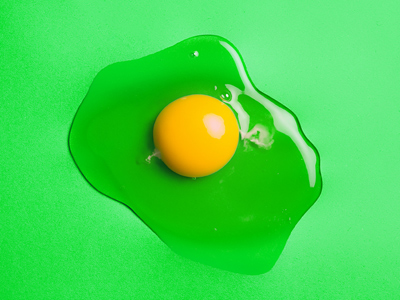

Emulsions
This Chemistry quiz is called 'Emulsions' and it has been written by teachers to help you if you are studying the subject at high school. Playing educational quizzes is a user-friendly way to learn if you are in the 9th or 10th grade - aged 14 to 16.
It costs only $19.50 per month to play this quiz and over 3,500 others that help you with your school work. You can subscribe on the page at Join Us
This high school Chemistry quiz is all about emulsions. Emulsions are mixtures of two or more liquids that are non-soluble with one another. They are immiscible. A good example is water and vegetable oil. These are non-soluble with each other so when you mix a vegetable oil with water, you will see two distinct layers. This is because many oils are less dense than water and therefore float on top.
hydrophilic - tail - water loving
hydrophilic - head - water loving
hydrophilic - tail - water hating
hydrophilic - head - water hating
hydrophobic tail - attracted to oil
hydrophobic tail - attracted to water
hydrophilic tail - attracted to oil
hydrophilic tail - attracted to water
Ready for more?
not all...
quizzers. Try to win a coveted spot on our Hall of Fame Page.






